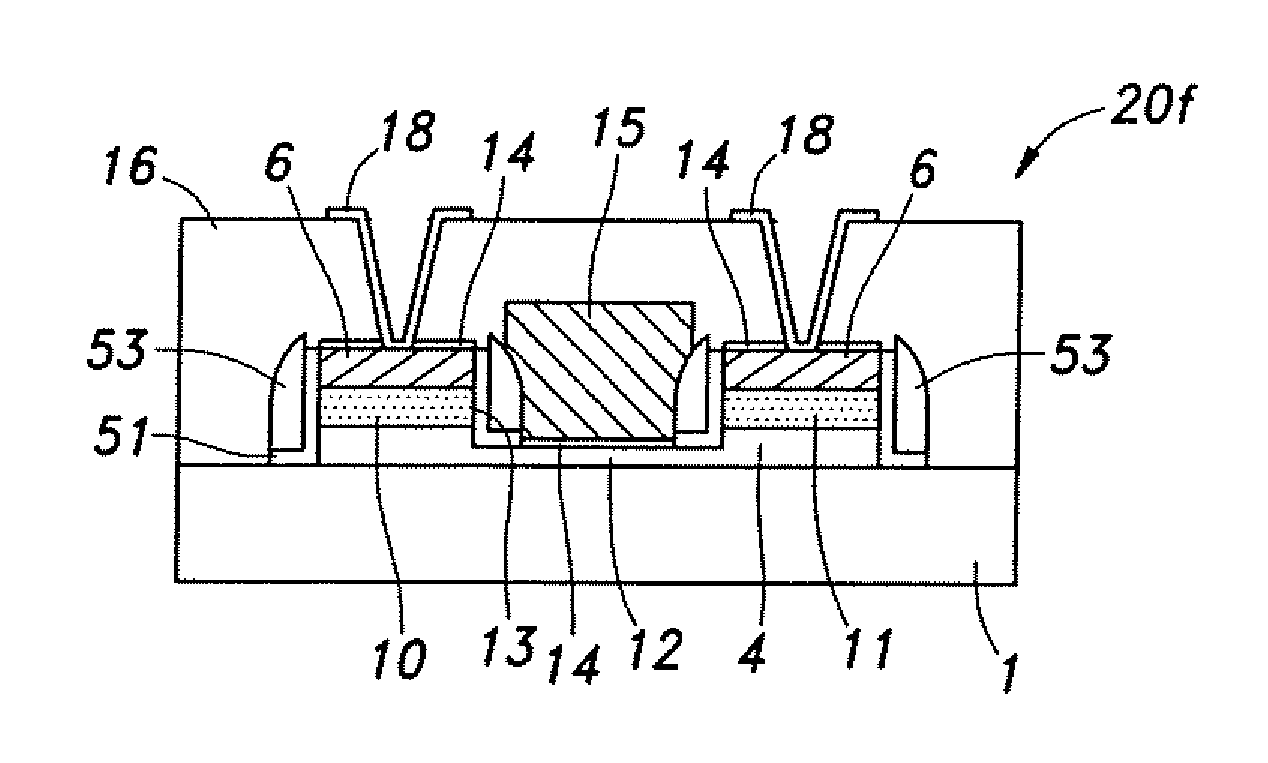Semiconductor device and manufacturing method thereof
a semiconductor device and manufacturing method technology, applied in the direction of semiconductor devices, bulk negative resistance effect devices, electrical appliances, etc., can solve the problems of difficult to form thin metal films having a thickness less than 10 nm, difficult to control the thickness of metal silicide layers, and low yield of transistors, so as to improve the subthreshold swing and improve the operation speed of semiconductor devices. , the effect of high yield
- Summary
- Abstract
- Description
- Claims
- Application Information
AI Technical Summary
Benefits of technology
Problems solved by technology
Method used
Image
Examples
Embodiment Construction
[0039]FIGS. 1A to 1J are cross-sectional views showing a method for manufacturing a semiconductor device (TFT) based on a preferred embodiment of the present invention.
[0040]First, as shown in FIG. 1A, a semiconductor film 2 is formed over an insulating substrate 1, using a semiconductor material including silicon. As the insulating substrate 1, a glass substrate, a quartz substrate, a heat-resistant plastic substrate, or the like can be used. If a glass substrate is used, it is preferable that a base film be formed on a surface of the glass substrate in order to prevent impurity ions (e.g., of Na) from the glass substrate from entering the semiconductor film 2. Further, as the insulating substrate 1, it is also possible to use a single crystalline silicon substrate or a metal substrate whose surface is provided with an insulating base film. Such a base film is only required to be formed of an insulating material having a heat-resistant property and a chemical-resistant property whi...
PUM
| Property | Measurement | Unit |
|---|---|---|
| thickness | aaaaa | aaaaa |
| thickness | aaaaa | aaaaa |
| thickness | aaaaa | aaaaa |
Abstract
Description
Claims
Application Information
 Login to View More
Login to View More - R&D
- Intellectual Property
- Life Sciences
- Materials
- Tech Scout
- Unparalleled Data Quality
- Higher Quality Content
- 60% Fewer Hallucinations
Browse by: Latest US Patents, China's latest patents, Technical Efficacy Thesaurus, Application Domain, Technology Topic, Popular Technical Reports.
© 2025 PatSnap. All rights reserved.Legal|Privacy policy|Modern Slavery Act Transparency Statement|Sitemap|About US| Contact US: help@patsnap.com



